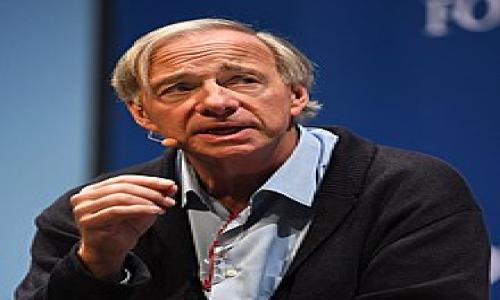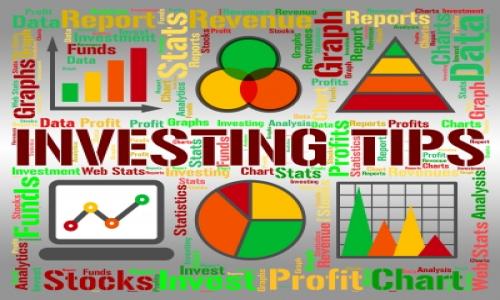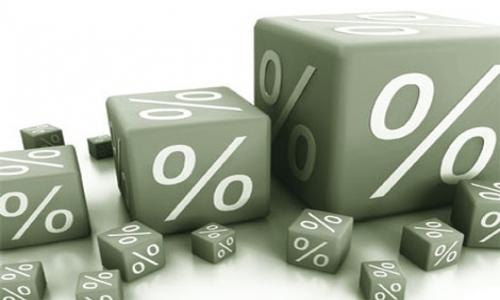Take the question for a walk down the street and without doubt the overwhelming majority of the crowd would affirm that current yields offer virtually no potential return. Most if not all would sell treasuries short if they could. But why then does Kessler believe that rates can still trend lower and send bond prices higher, even when the benchmark 10-year note yield is currently hovering at a record low of 1.5%?
In his recent appearance on CNBC, Kessler gives several compelling arguments for his case in why you should buy treasuries:
1) The federal funds rate is pegging at zeo and has been for the last three years. Kessler states, “As long as we think the federal reserve is going to be at zero, then rates have no place to go other than to meet that zero.” Yet, there are countries out there right now with negative rates. Switzerland is at minus a quarter of a percent for its five-year treasury. People around the world are essentially paying their governments money as a guaranteed that they’ll get their money back. As people like you and me continue to buy into treasuries, rates will continue to fall.
2) Kessler mentions the de-leveraging process that we’re in right now. This means that as companies get rid of assets to pay off debt, balance sheets will shrink, which if anything equates to deflation. Even with the Fed printing money, Kessler argues that inflation will be an anomaly in current market situations. “The problem is that money isn’t going any place. That money is basically sitting in banks and we don't have what we call velocity, meaning that someone’s out rowing it and spending it. You have a consumer leading this recession, not just here, but in Europe.” Together these phenomena point to even lower yields.
3) Take Japan in the nineties as an analogy. Rates were practically zero for a decade. Might we not want to be like Japan? “I mean they seem to be getting along pretty well…its happy stagflation in Japan,” says Kessler. Taking a look at the Japanese stock and bond market for the past decade, someone owning JGBS would have outperformed the Nikkei average consistently, a 3% gain versus nothing. The U.S. is in a similar situation. “The high dividend paying stock paying 4% looks attractive, but if, in fact, we go no place, and the prices drop, then that 3% from the treasury market might seem attractive.”
Kessler holds a controversial view, but he has his points. According to Morningstar, people who basically sold treasuries short through the ProShares UltraShort 20+ Year Treasury exchange-traded fund (TBT) suffered a 50% plus negative total return in the past year, and a return of negative 30% plus per annum over the past three years.
Even following historical norms, in which the 10-year Treasury note would trade at 0.75 to one percentage point above the target Fed Funds Rate, rates still have room to trend lower. As of June 20, 2012, the yield for a 10-year treasury note is 1.6%, and 2.7% for the 30-year note, both of which have yields higher than what is in line with historical norms. If things were in line, the 10-year note should be at 1.2% and the 30-year note should be at about 1.5%.
“We hear on television all the time, ‘I wouldn’t buy a treasury’,” says Kessler, but truth of the matter is that everyone should own some treasuries. Treasuries essentially provide insurance against risky assets and serve to hedge risks in diversified portfolios, which may include stocks, junk bonds, ETFs, and other non-risk free assets.
Basically, as long as the target Fed Funds Rate is hovering at zero, and companies continue to deleverage, while people continue to sit on cash letting deflation outplay inflation, interest rates will continue to trend lower and bond prices will rise, making treasuries an attractive place to put your money.
However, rates today compared to the past are indeed low. The 5%, 6%, 7% yields we saw in the past will most likely not be seen again in the near future. The prospect that rates can still trend lower can provide a money making opportunity, but because you should never put all your money in one place, there are other similarly attractive risk free or relatively risk free places you may want to invest your money in. These places may include high yield savings accounts, CDs, Money Markets, and so forth.




Comments
Sol
June 20, 2012
Not sure Japan is getting along :). I think it's highly unlikely we'll see an increase in inflation anytime soon. Fed is likely to ease further which will depress yields and economy is stuck. Not sure rates will go much lower but I don't think they will go much higher either for awhile.
Is this review helpful? Yes:0 / No: 1
Add your Comment
or use your BestCashCow account